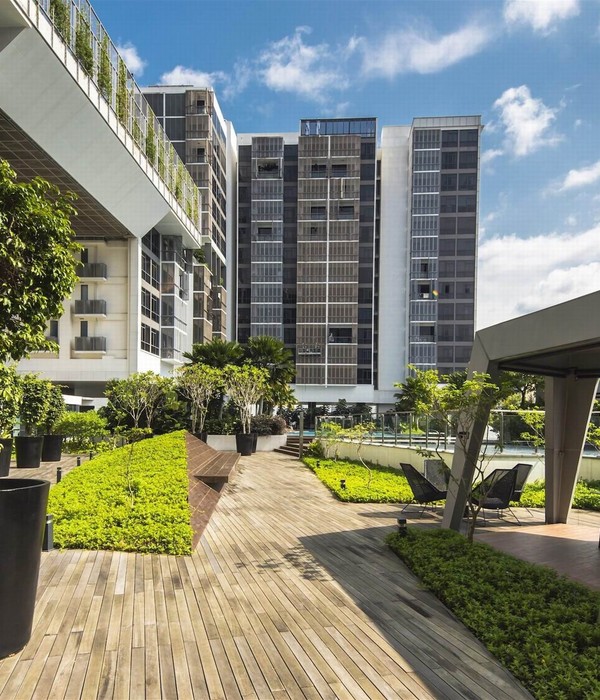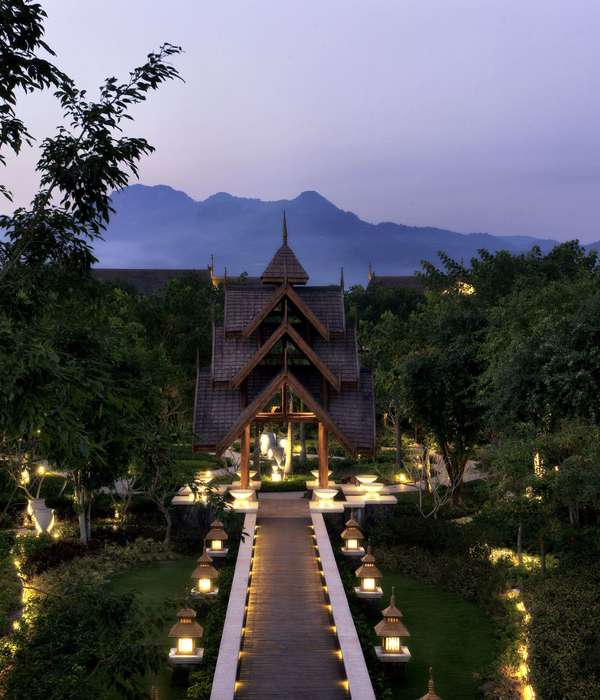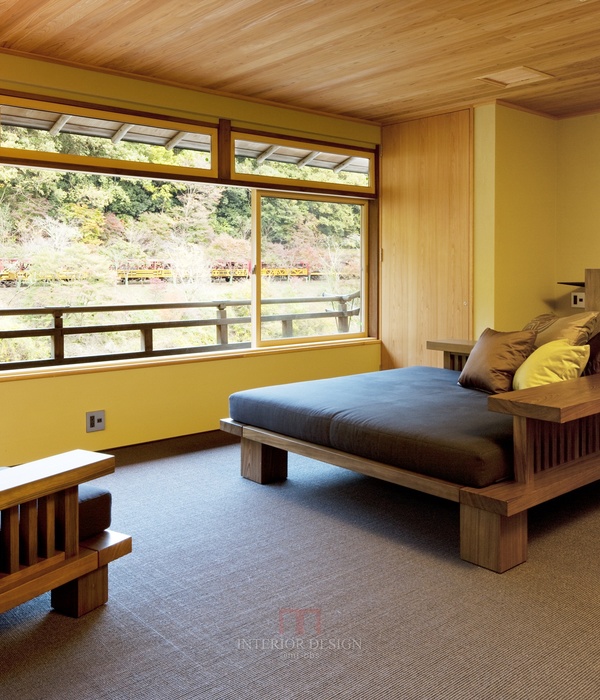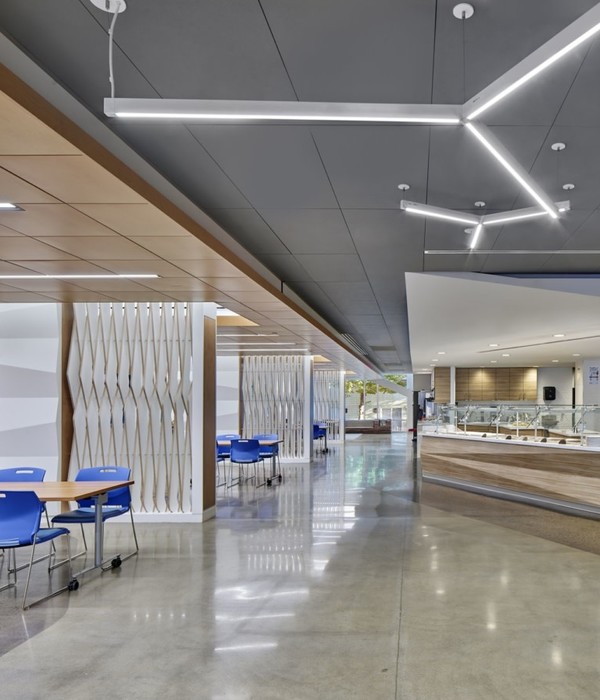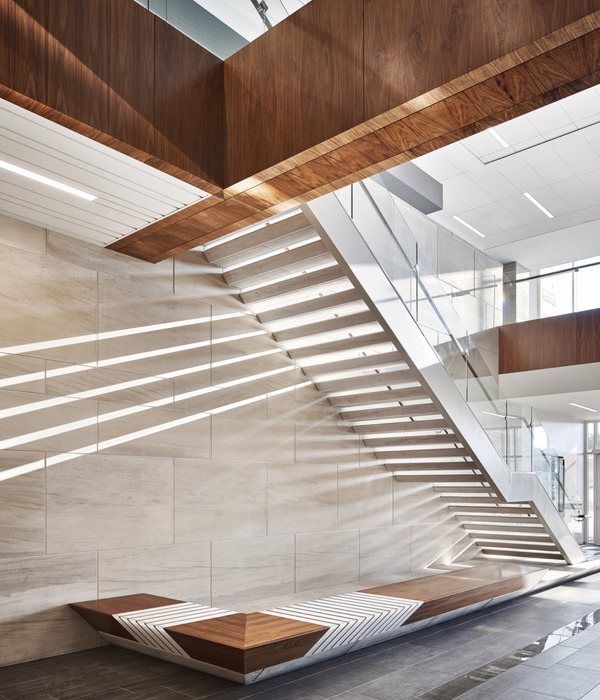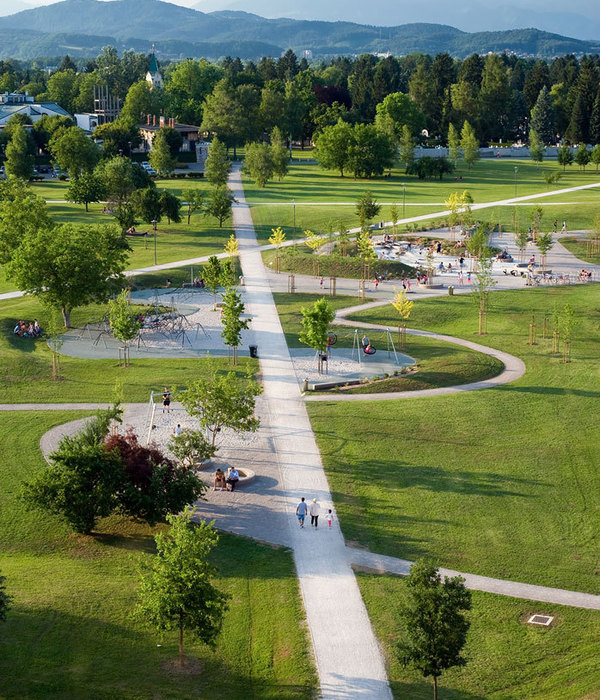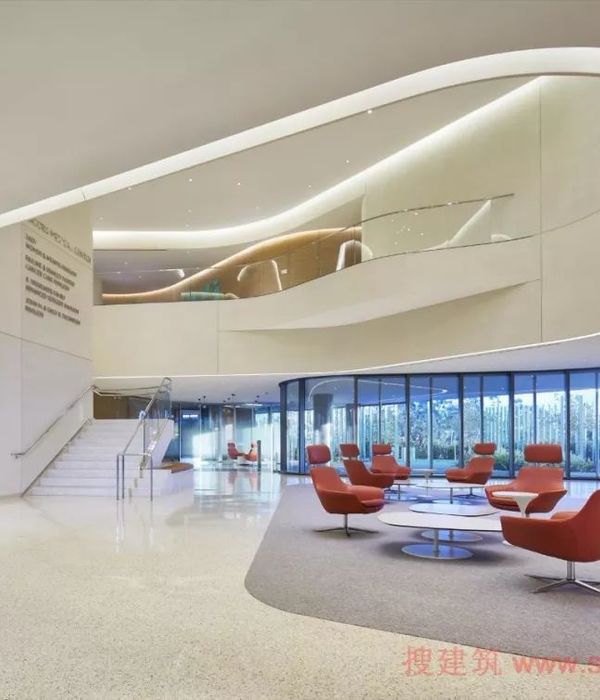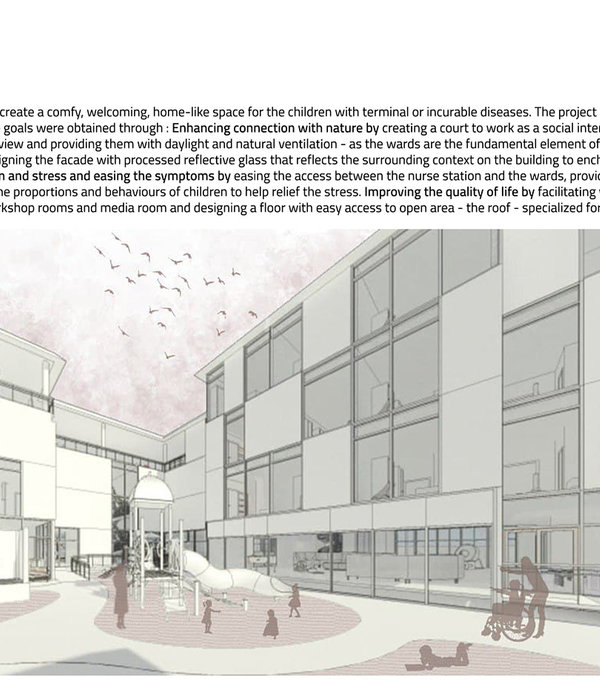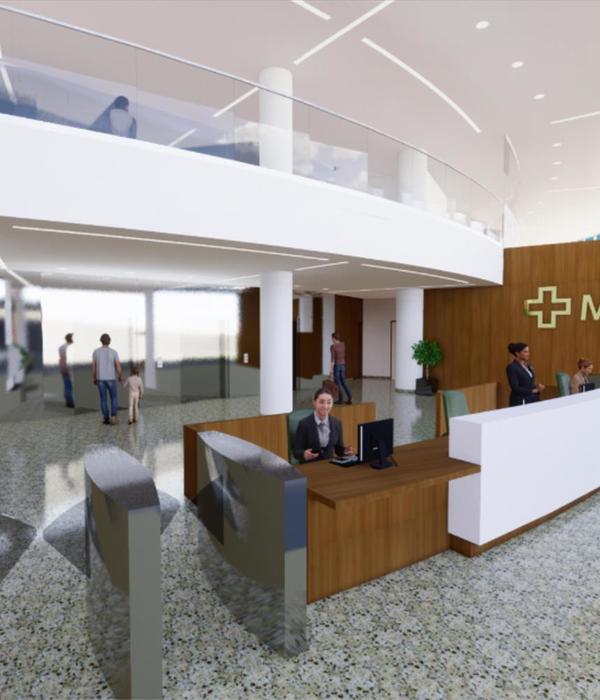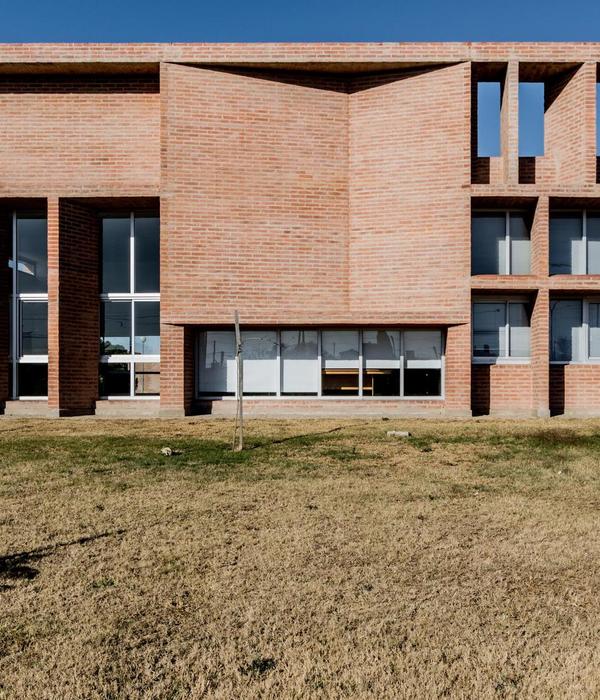A few weeks ago, Dior Fall 2023 runway show was held at the Gateway of India in Mumbai. Filling the catwalk with deliciously intricate hand beading and embroidery, India’s rich textile history shone through in each piece that walked down the runway. So, what does this have to do with Gallery House in Bansberia, West Bengal, by Abin Design Studio? While highly functional at its core, Gallery House draws on its rich Bengali construction history to drape its structure in an intricate tapestry of terracotta brick and ceramic blocks. Much like Dior’s latest pieces, Gallery House holds its ground on the runway as a successful contemporary progression in a long lineage of material history.
When the client approached Abin Design Studio to design a garage on a piece of land across the street from their home, little did they know they’d be getting a lot more than just a typical garage. Designed on a 330 square meter lot at the intersection of urban and rural West Bengal, Abin Design Studio saw an “opportunity for the building to do a lot more and give back to the community”. The simple brief of a garage turned into a multi-storey building that serviced not only its owners but the neighbourhood as well.
The ground floor is expansive, with several civic gestures and arched brickwork openings. The fabric of the facade peels upwards (much like a skirt lifting to reveal some leg) to draw the community from the street into a large community space beyond. Doubling as a garage for the family, this space is open, hosting public conveniences such as bench seats and brick archways that provide a sense of connection to the landscape in the otherwise arbitrary garage space.
Large concrete steps encourage people to climb up off the street and into the building. During the town’s annual festive procession, these steps act as street-side gallery seating for onlookers to sit on as they watch the festivities pass through the narrow winding lanes of the neighbourhood.
Axonometric of the Gallery House’s mammoth proportions.
Held tight within the first floor concrete walls of the building’s core are the sitting area and pantry, along with a multipurpose room designed with local community yoga and private tuition classes in mind. It is here that some relief is provided from the intense brickwork that follows you through the building. Concrete walls and ceilings are contrasted with large punctures of colour—blue windows, red entries and yellow doorways. Glossy white tiles wrap up from the floor to form monolithic bench seats across various spaces. During the night, the first floor houses resident staff in its dormitories.
Embracing materiality from the inside out, Gallery House seamlessly balances contemporary Indian construction with the town’s historic fabric. Taking cues from Bengal’s prevalent terracotta temples, Abin Design Studio sourced the terracotta bricks from a local riverside brick field. If you look closely, the brick veil that dresses the facade is interlaced with smaller, more detailed ceramic inlays. Through their collaboration with a ceramic artist, the designers sourced each piece of ceramic tile from a selection of rejected ceramic blocks that were originally produced for industrial use. Repurposing these instead towards the larger tapestry of the facade not only celebrates the details, but embeds a sustainable approach into the very fabric of the building (no pun intended).
[Images courtesy of Abin Design Studio. Photography by Edmund Sumner.]
{{item.text_origin}}

